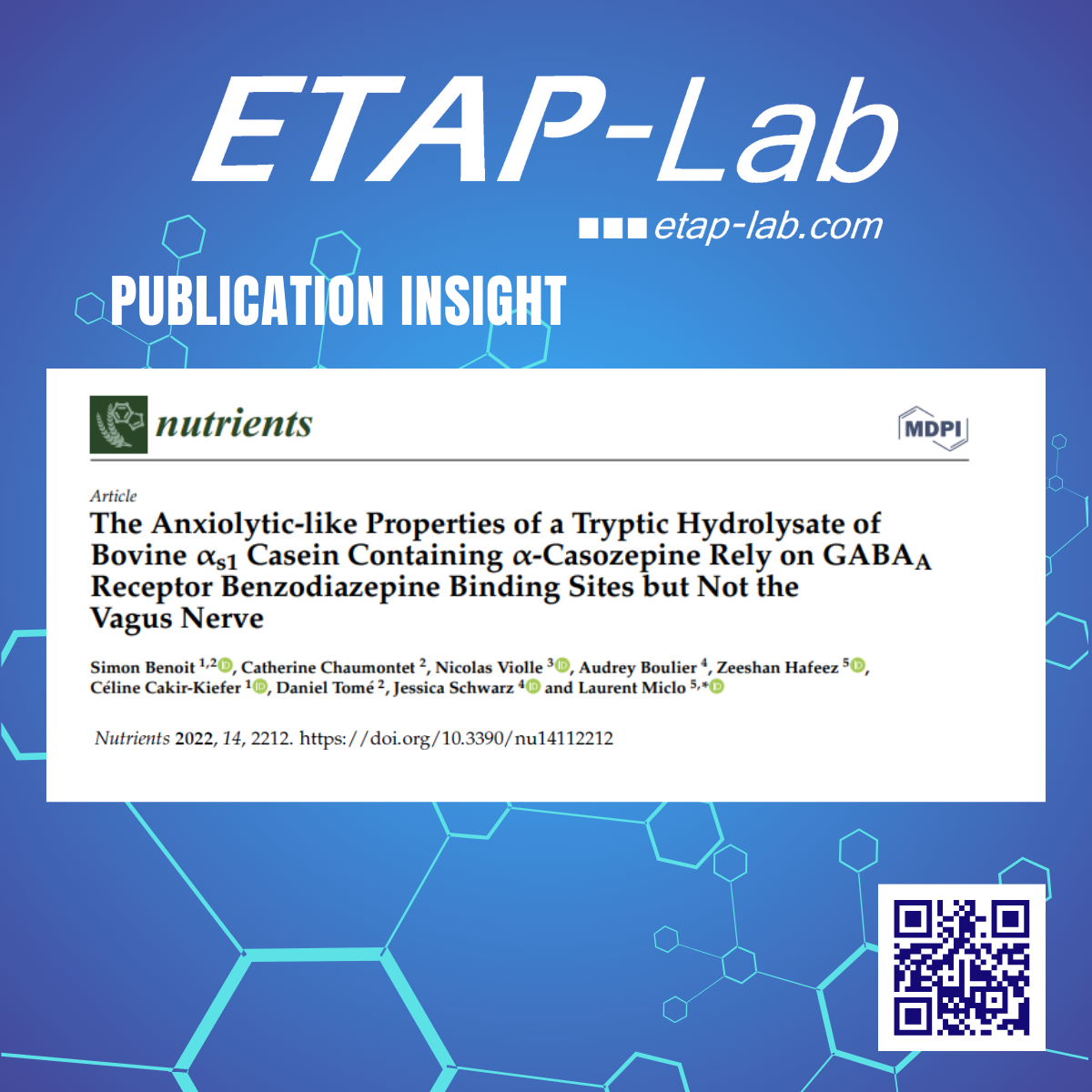The pharmacological intervention for ischemic stroke hinges on intravenous administration of the recombinant tissue-type plasminogen activator (rtPA, Alteplase/Actilyse®) either as a standalone treatment or in conjunction with thrombectomy. However, despite its clinical significance, broader employment of rtPA is constrained due to the risk of hemorrhagic transformations (HTs). Furthermore, the presence of diabetes or chronic hyperglycemia is associated with an elevated risk of HT subsequent to thrombolysis. This detrimental impact of tPA on the neurovascular unit in hyperglycemic patients has been ascribed to its capacity to induce endothelial N-methyl-D-aspartate receptor (NMDAR) signaling, contributing to compromised blood-brain barrier integrity and neuroinflammatory processes. In a mouse model of thromboembolic stroke with chronic hyperglycemia, we assessed the effectiveness of rtPA and NAC (N-Acetylcysteine) as thrombolytic agents. We also tested the effect of blocking tPA/NMDAR signaling using a monoclonal antibody, Glunomab. Magnetic Resonance Imaging, speckle contrast imaging, flow cytometry, and behavioral tasks were used to evaluate stroke outcomes. In hyperglycemic animals, treatment with rtPA resulted in lower recanalization rates and increased HTs. Conversely, NAC treatment reduced lesion sizes while mitigating HTs. After a single administration either in standalone or combined with rtPA-induced thrombolysis, Glunomab reduced brain lesion volumes, HTs, and neuroinflammation after stroke, translating into improved neurological outcomes. Additionally, we demonstrated the therapeutic efficacy of Glunomab in combination with NAC or as a standalone strategy in chronic hyperglycemic animals. Counteracting tPA-dependent endothelial NMDAR signaling limits ischemic damages induced by both endogenous and exogenous tPA, including HTs and inflammatory processes following ischemic stroke in hyperglycemic animals.




